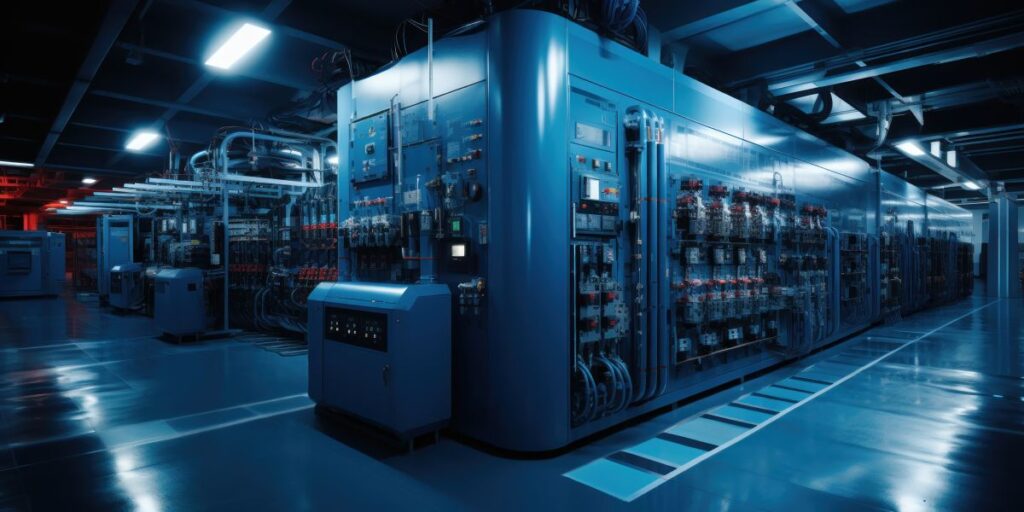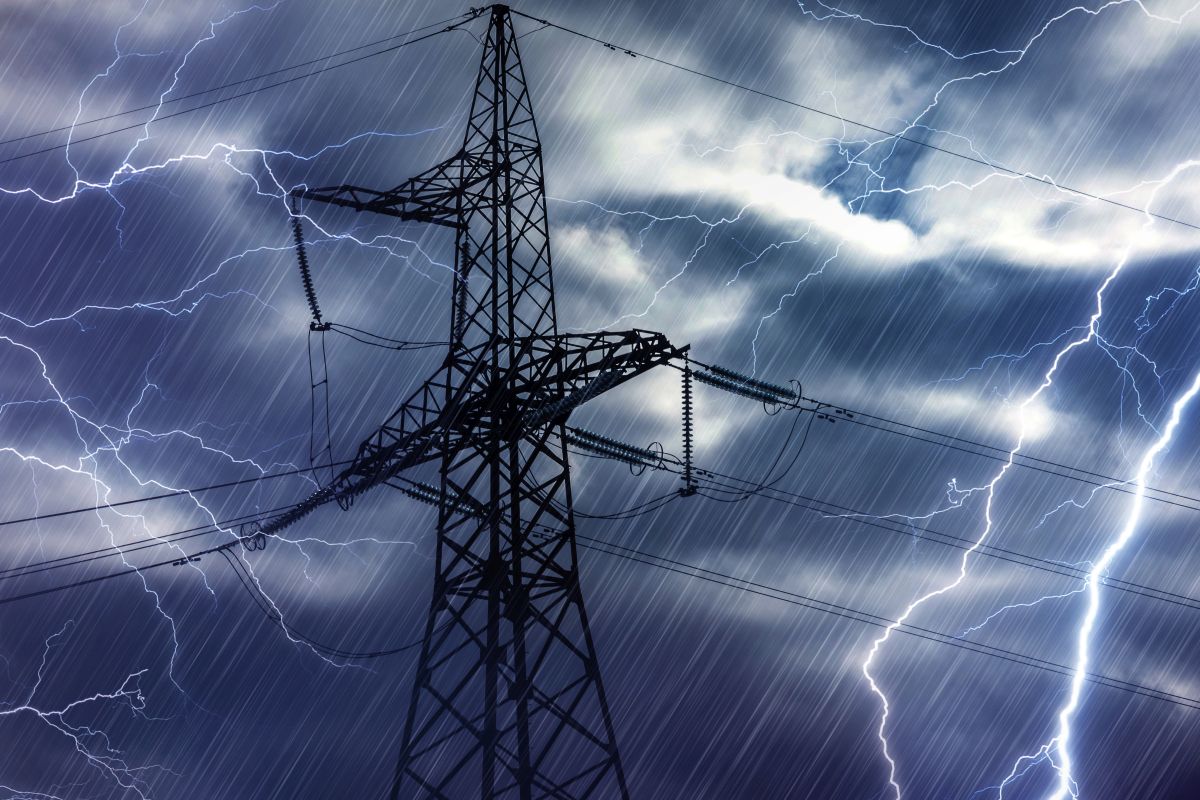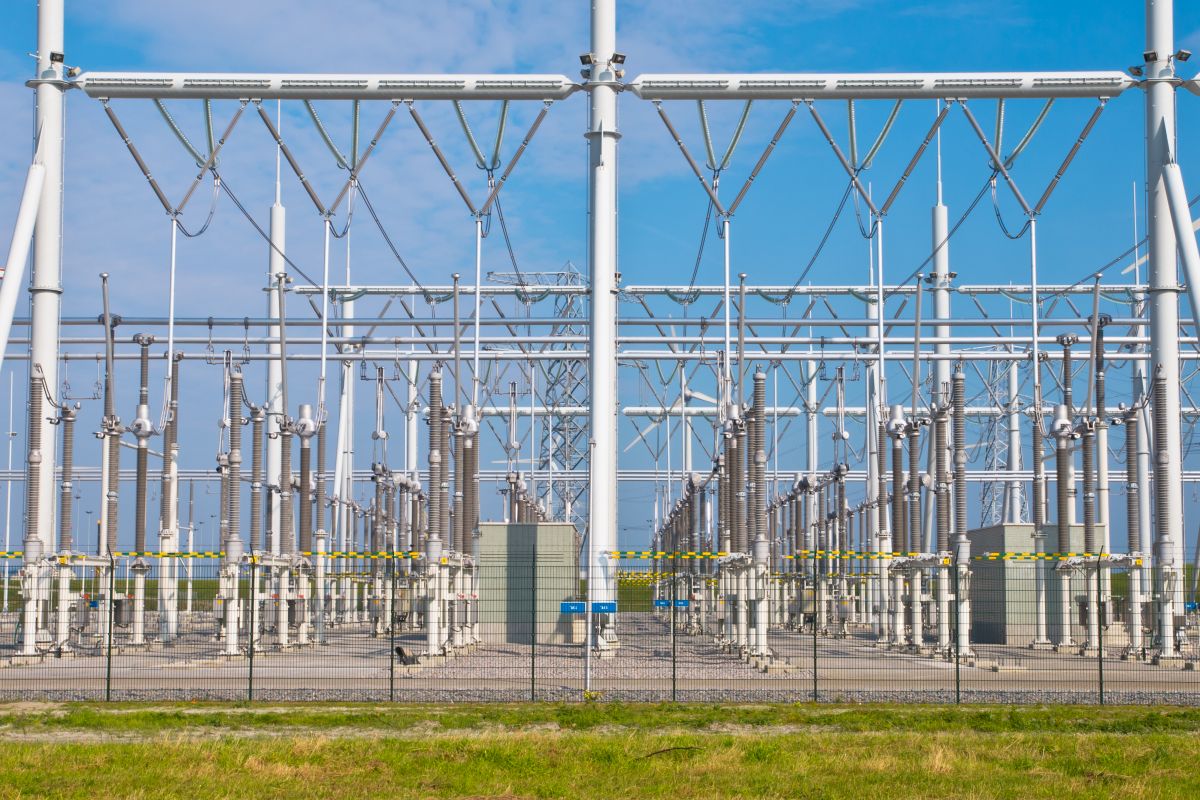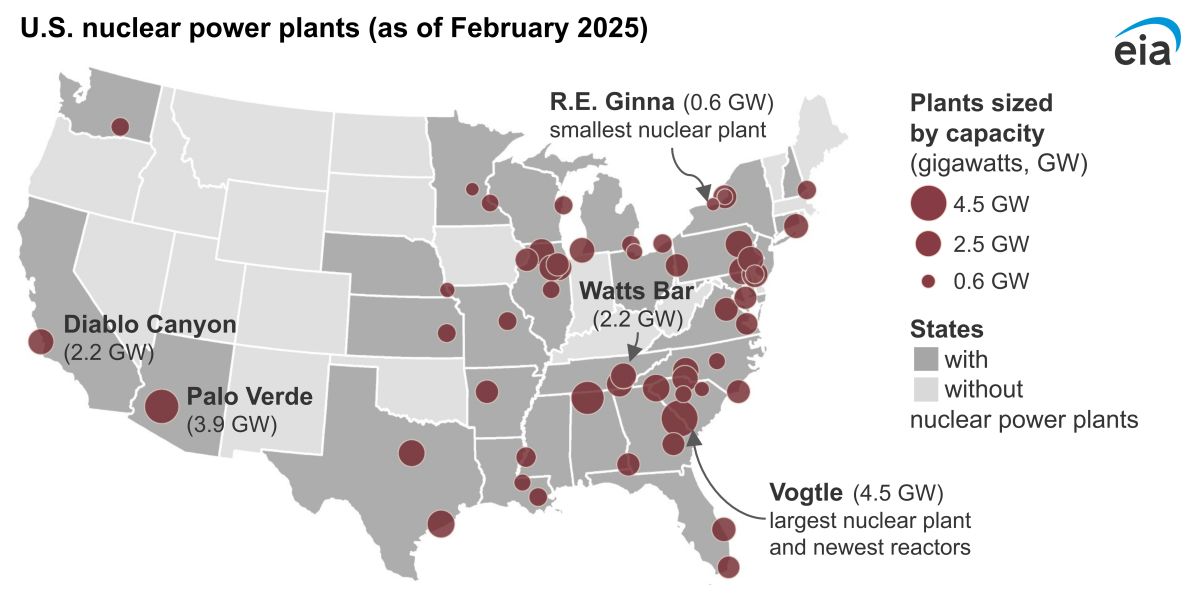North American Electric Reliability Corporation’s (NERC’s) standards aim to ensure the reliable operation and planning of the Bulk Power System (BPS), which is undergoing a significant transformation due to the increasing integration of Inverter-Based Resources (IBRs). This transition, while pivotal for achieving long-term environmental goals, introduces complexities in managing the reliability and stability of the power grid. Recognizing this, the NERC has updated its standards for BPS-connected IBR entities. These updates mark a significant step towards ensuring that the increasing presence of inverter technology contributes to the power system’s resilience rather than posing new vulnerabilities. This blog delves into the essence of NERC’s updated standards and their compliance implications for BPS-connected IBR entities, providing a comprehensive understanding of this critical development.
Navigating the New Landscape of IBR Integration
The integration of IBRs into the BPS necessitates a reevaluation of traditional grid management and protection mechanisms. IBRs, such as PV solar farms, wind turbines, and battery storage systems, differ fundamentally from conventional generation sources’ operational characteristics and control mechanisms. The updated NERC standards address these differences by establishing clear requirements for the performance, design, and operation of IBR entities. Key aspects include enhanced system protection capabilities, improved frequency and voltage control, and increased resilience to grid disturbances. By setting these standards, NERC aims to mitigate the potential risks associated with the high penetration of IBRs, such as voltage fluctuations, frequency instability, and the challenge of maintaining system inertia.
Compliance Requirements and Strategies
Compliance with NERC’s updated IBR standards necessitates a strategic approach from BPS-connected IBR entities. The requirements emphasize the need for robust modeling and simulation capabilities to predict and manage the impact of IBRs on grid stability. Entities must demonstrate that their IBRs can operate reliably under various grid conditions and respond effectively to system disturbances. This involves implementing advanced control technologies and ensuring that inverter settings are optimized for grid support functions. Compliance also requires regular testing and verification procedures to validate the performance of IBR systems against the NERC standards. Developing a comprehensive compliance strategy will be essential for IBR entities to navigate the regulatory landscape successfully and contribute positively to the reliability of the BPS.
The Impact on System Reliability and Security
The updated NERC standards are designed to enhance the reliability and security of the BPS in an era of increasing IBR penetration. By ensuring that IBRs can support grid stability, these standards help to address potential reliability concerns associated with the variable and distributed nature of renewable resources. For example, frequency and voltage control requirements aim to ensure that IBRs can contribute to maintaining grid balance and responding to sudden changes in demand or generation. This proactive approach to grid management is vital for minimizing the risk of power outages and ensuring a stable electricity supply to consumers. Furthermore, the emphasis on system protection and resilience underlines the importance of preparing the BPS to withstand and recover from potential cyber and physical threats exacerbated by the interconnectedness of modern energy resources.
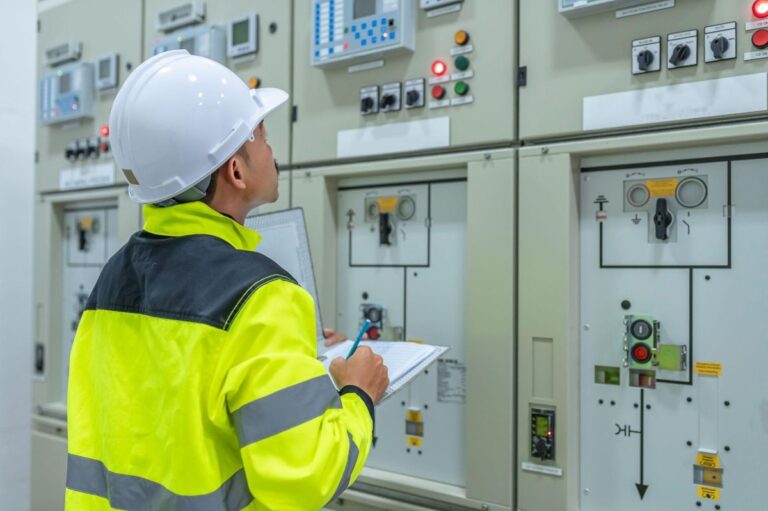
The Role of Technology and Innovation
Compliance with NERC’s updated standards will drive innovation and technological advancement within the energy sector. The need for improved modeling, simulation, and control technologies for IBRs presents opportunities for research and development. Companies and research institutions are likely to invest in developing more sophisticated inverter technologies and control algorithms that can enhance the grid-supportive capabilities of IBRs. Moreover, the push for compliance may accelerate the adoption of smart grid technologies and advanced metering infrastructure, further enabling the efficient integration of distributed energy resources. This technological evolution is crucial for meeting NERC’s standards, and for advancing the overall efficiency, resilience, and sustainability of the BPS.
Conclusion
The updated NERC standards for BPS-connected IBR entities represent a significant milestone in the journey toward a more reliable and sustainable power grid. By addressing the unique challenges posed by integrating renewable energy resources, these standards ensure that the transition to a greener energy mix does not compromise grid stability. Compliance with these standards requires a concerted effort from IBR entities, regulatory bodies, and technology providers. It presents an opportunity to harness innovation and technological advancement to benefit the entire energy ecosystem. As we progress, the successful implementation of NERC’s standards will be instrumental in building a resilient, efficient, and sustainable power system for the future.
Disclaimer: Any opinions expressed in this blog do not necessarily reflect the opinions of Certrec. This content is meant for informational purposes only.


